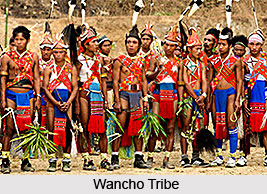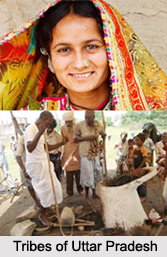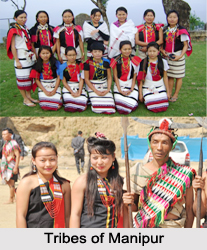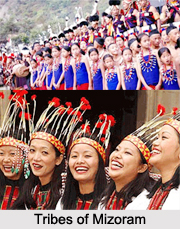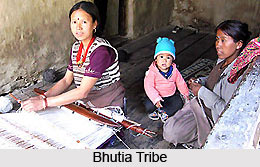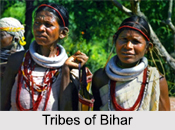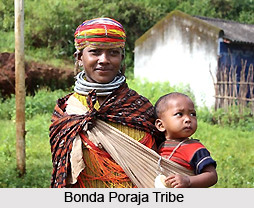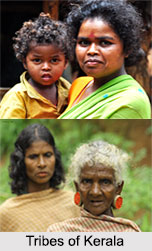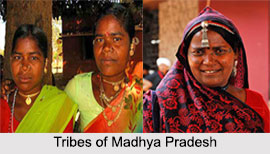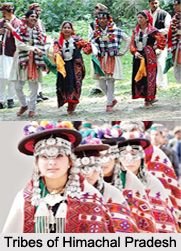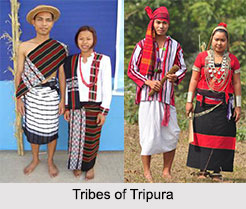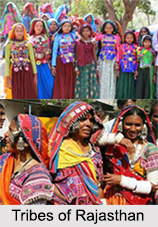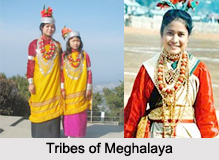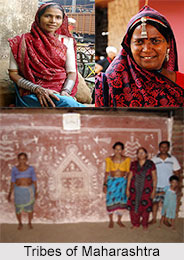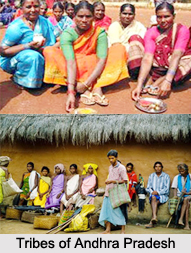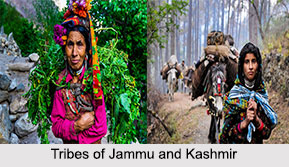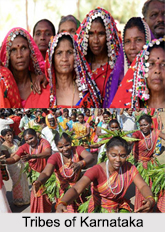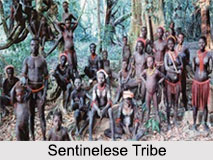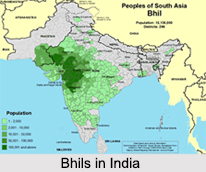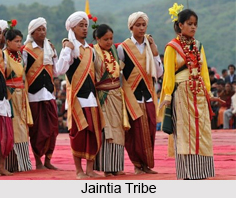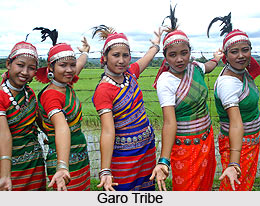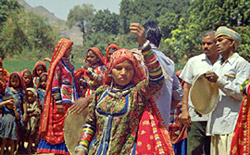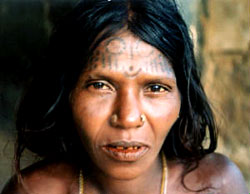 The racial group known as Kurumba tribe had close affinity with the Todas and Badagas. The tribal group is recognised in Badaga as "Kurumba" and "Kurb" in Toda. The term Kurumba connotes “a jungle-dwellerâ€. The Kurumba tribal community is also identified as Alu-Kurumbas, Betta-Kurumbas, Jenu-Kurumbas, Kurubas, Mudugas, Mulla-Kurumbas, Palu-Kurumbas, Urali-Kurumbas. Several Kurumba tribes are also concentrated in the dense forest ranges and also at the bottom of hills. They are said to be the modern representatives of ancient Pallavas.
The racial group known as Kurumba tribe had close affinity with the Todas and Badagas. The tribal group is recognised in Badaga as "Kurumba" and "Kurb" in Toda. The term Kurumba connotes “a jungle-dwellerâ€. The Kurumba tribal community is also identified as Alu-Kurumbas, Betta-Kurumbas, Jenu-Kurumbas, Kurubas, Mudugas, Mulla-Kurumbas, Palu-Kurumbas, Urali-Kurumbas. Several Kurumba tribes are also concentrated in the dense forest ranges and also at the bottom of hills. They are said to be the modern representatives of ancient Pallavas.
As far as the physical characteristics of the Kurumbas are concerned, the people have flat noses, wedge-shaped faces, hollow cheeks and prominent cheekbones. They have slightly pointed chins, dark complexion and large eyes. The costumes of the women of the community wear a waist cloth and sometimes a square cloth that comes up to the knees. Ornaments play a major part in the costumes of the tribal community. These Kurumba tribes have their distinct culture, tradition, religious customs and social practices. The Kurumba group is one of the backward tribes of the country with no accessibility to modern amenities. Maximum of these Kurumba tribes are illiterates.
There is also a legend popular amongst all the tribal communities of the Kerala state. It is said that these Kurumba tribes along with the two other important tribes, namely, Toda, and Kota tribes were being brought in to this earth by a common "parent creator". There were three brothers who either offended their parents or disputed amongst themselves. As a result, their father who has got "supernatural" powers and allotted to each of these brothers a diverse function in life and ordered that the three of the brothers would commute goods and services. The successors of these three brothers became the three distinctive tribes, and thus the three people have been adhered to a law of common fate since the time of their inception.
Just like any other tribal communities of India, these Kurumba tribes too have earned their livelihood by undertaking the occupations like hunting as well as gathering. Some of the people of these Kurumba tribes, who resided in the hills, adapt to the profession of shifting cultivation and also the jobs of catching tiny birds and animals.
Evidences are also found which also throw some light on the arrangement of their village households and settlements. In the ancient time, these Kurumba tribes lead an isolated life in caves or rock shelters. There were several dwellings near forest and also in houses or huts, which interlarded with tracts of gardens. Gardens usually comprise of several products like bananas, mangoes, jackfruit, maize, and etc. In the contemporary period, with increasing population and deforestation, the Kurumba tribes have been forced to live in the settlements at much lower region of the state and to word hard in several plantations tea and coffee.
Kurumba tribes have had an accommodative relationship with the other tribes. With them, these Kurumba tribes used to exchange services and goods. Interestingly, Kurumba tribes give a supply of huge poles that are mostly utilized in the funeral rituals of other tribes like Toda tribe. Also these Kurumba tribes also supply three types of baskets and also used by the Badaga tribes.
Also it is known that many of the Bagada tribes have appointed people from these Kurumba tribes as watchman for guarding the village households. In fact this was a prestigious lifetime appointment that has been passed on from one generation to another. Apart from fulfilling the role of watchman these Kurumba tribes also undertook the important responsibility of being a priest several of their festivals including sowing and harvest festivals. The Kurumba priest is popularly known as kani-kuruma.
Another activity for which these Kurumba tribes have gained acclamation is their art of practicing sorcery. Even today, these Kurumba sorceresses have nicely played diverse roles like exorciser (devvagara), "diviner (kanigara), and sorcerer (odigara or odia)".
It is said these Kurumba tribes can cause sickness or even kill enemies with the aid of things like herbs, spells, and roots. In the present Kurumba society, these tribes have adapted to several other professions, all related to the art of sorcery. For example, the therapist (maddugara) plays the vital role of a doctor and a curer. Pilligara is the wizard who has got the power to even turn himself into any animal.
There is an opinion by some of the anthropologists who claimed that these Kurumba tribes have descended from places of the Nilgiri progenitors. These ancestors were chiefly collectors or some of these Kurumba tribes also practice farming.
As far as the languages are concerned, these Kurumba tribes converse with each other in a language, which belongs to the sub group of the Dravidian family language. This tribal community speaks in a language that is a blend of Kannada and Tamil language. Society also follows the norms and practices of most of the tribal communities of Indian subcontinent. In particular, the Kurumba groups have a clan constitution that has adapted the practice of "exogamous and patrilineal". The Kurumba tribes also practice endogamy. Cross-cousin marriages also occur in a frequent basis.
For better administration and controlling these Kurumba tribes have developed several councils. Both the village headman and priest occupy a high place in the Kurumba society. The village head man is called maniagara, while the priest is called mannugara. The headman and people who assist him and his offices are hereditary in nature following the lineage of the Kurumba males. However either a female or a Kurumba man occupies the position of a priest or sorcerer. What is to be noted that all the customary religious beliefs call for an ancestor "cult" with due emphasis on pollution and purity. All these religious beliefs that these Kurumba tribes follow are similar to most of the norms and customs of other religion like Hinduism in particular. Keeping at par with the trends of modernity, most of these tribes of Kurumba society, especially the youths embrace other religions as whole like Hinduism and Christianity apart from observing several traditional beliefs of the Kurumba locales.
